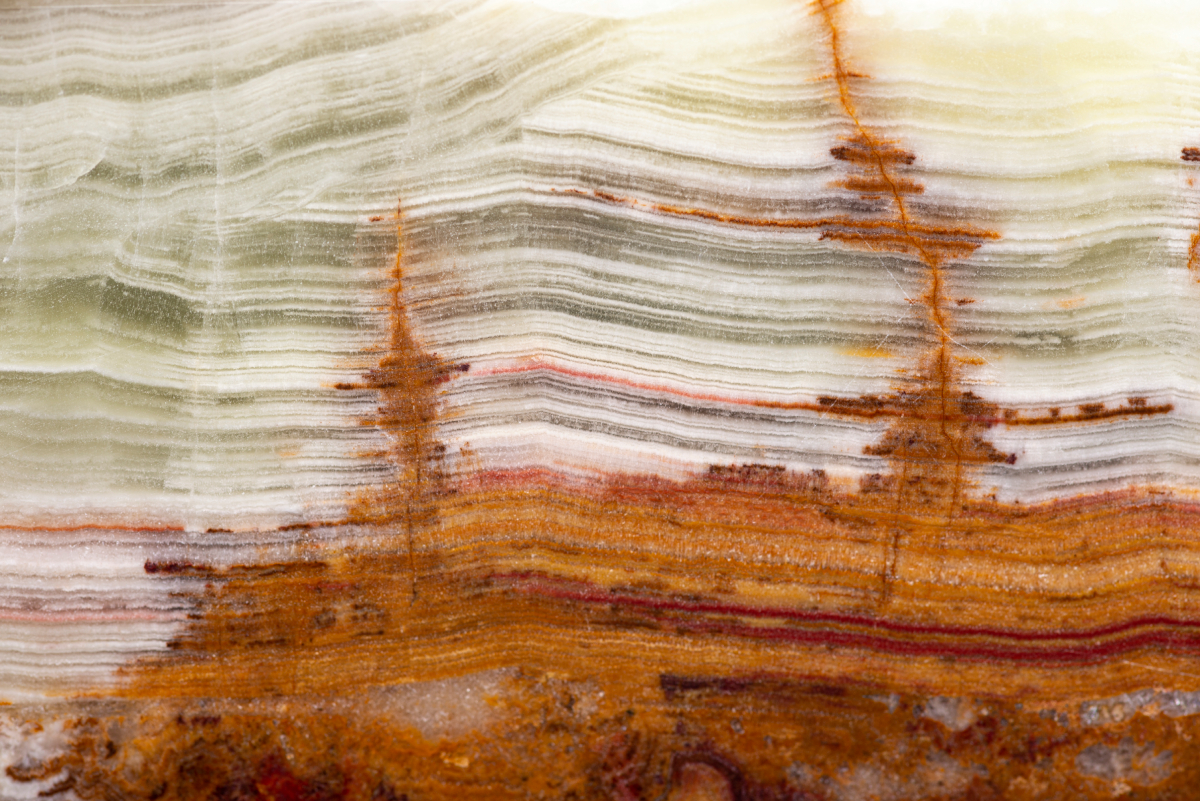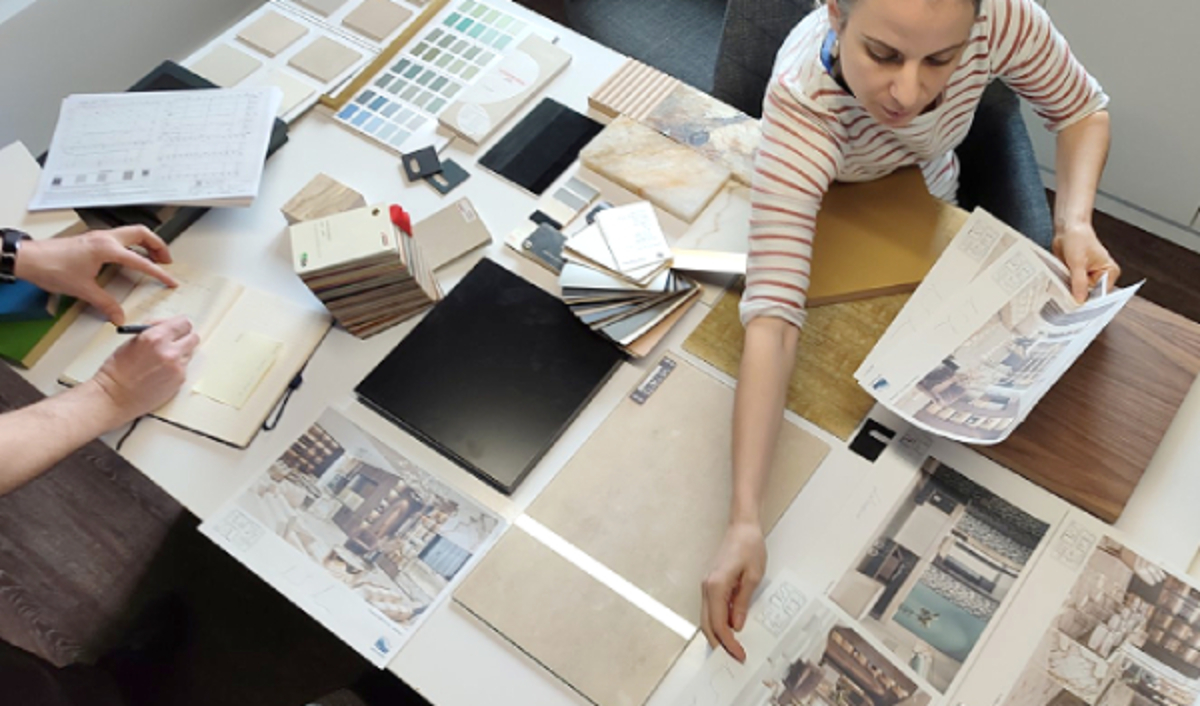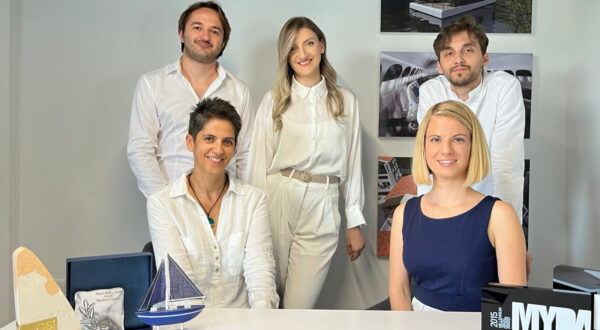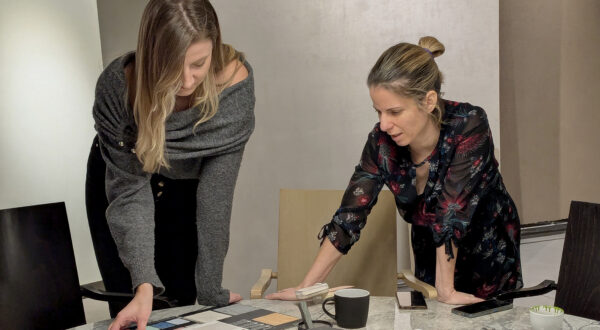In a time when we’re surrounded by artificial materials with perfectly uniform appearances, I often meet people who are surprised — even disappointed — when they realize that natural materials are not flawless.
But that’s exactly the point.
In a world that constantly chases perfection, it’s easy to forget how beautiful imperfection can be. And how valuable naturalness truly is.
The Unique Story of Wood
Take wood, for example. It’s supposed to have knots. Its grain will never look the same as a fine-line veneer, manufactured to appear smooth and almost perfect.
Every knot on a wooden panel is different — in shape, in color, in size. And that difference is exactly what makes it beautiful.
Every imperfection tells a story. About a branch that once gave shade to someone sipping coffee underneath it. Or about a small hollow where a squirrel once hid its acorns.

How Mass Production Changed Our Perception
Mass production has, unfortunately, taught us to ignore those details. To forget what real beauty is, and what real materials feel like.
That’s why, now more than ever, we need people who know how to recognize authenticity.
People who understand that natural materials are not supposed to look identical — they’re meant to tell a story and carry warmth.
The Artisan’s Role in Preserving Material Character
This is also why a true craftsman is more important than ever.
A skilled artisan knows how to read the unique character of a piece of wood and highlight its individuality — not hide it.
That takes skill. And time.
And today, that’s becoming the true definition of luxury: someone who takes the time, pays attention, and creates with care — not for just one season, but for decades.
A piece that brings soul into a space and becomes a silent witness to your everyday life.
Variations Are Not Flaws — They Are Traces of Life
In issue 224 of The Superyacht Report, Aino Grapin, CEO of Winch Design, put it beautifully:
“Introduce that it’s not a defect as much as a natural character of timber that can be celebrated.”

That’s exactly our role — to educate clients that natural variations in color and texture are not flaws. They’re traces of life — and they deserve to be celebrated.
At Salt & Water, we deeply believe in this. We believe in education through design. And we understand that as architects and interior designers, we carry a responsibility — to influence how people live through the style we promote.
The Limitations of 3D Visualisations
Unfortunately, there’s another invisible reason why people are drifting further away from natural materials: 3D visualizations.
While visualizations have brought us many benefits — helping clients better imagine the space, reducing the number of changes during execution — they’ve also created an illusion.
Why?
Because natural materials don’t come across truthfully in 3D models.
A photo of a texture is mapped and repeated endlessly across surfaces. Everything looks uniform and flawless — which is never the case with real wood or stone.
Even worse, the texture is often scaled to “look better” on screen. But a screen is not real life.
That’s why in our studio, material discussion always comes before visualization.

We create material boards — so clients can see, touch, smell, and truly experience the materials with all their senses.
A Love for Detail
Because what you see is never the whole story.
Natural materials carry warmth, texture, scent, and memory. For me personally, these aren’t just small details — they’re elements worthy of attention, respect, and love.








